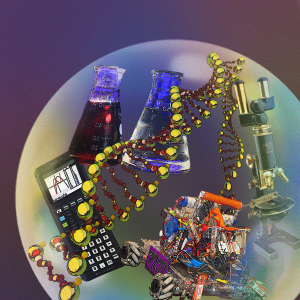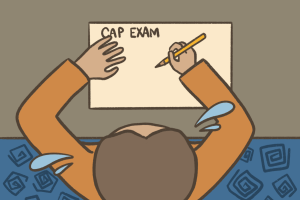It’s Time for a Taskforce on Enrollment Strategy
February 8, 2023
Editor’s note: This column was submitted by a member of the UT community.
This fall, UT set a new record for both freshman and total enrollment. UT serves 75,000 continuing and professional learners and 35,000 high school students. It is imperative to understand how major enrollment changes affect the overall qualitative and strategic direction of the university, especially as we transition away from pandemic-era Zoom instruction. Therefore, it’s time to convene a Taskforce on Enrollment Strategy.
UT has commissioned an Enrollment Strategy Task Force twice in the past, in 2003 and 2009. In his charge letter convening the first Task Force, President Larry Faulkner stated “Because of rapidly rising demand for admission and improved retention of students who enter our programs, our enrollment continues to grow, and it is now well beyond the avowed target of 48,000. But the reality is that we do not know the financial implications or the educational consequences of becoming smaller or larger, and we do not understand, in any explicit way, the capacity of our educational spaces and tools. The University needs to take a fresh look at our policies concerning enrollments.” The same is true today.
With A&M’s enrollment having exceeded the 75,000 threshold, it is reasonable to ask if UT’s enrollment should grow to match. That eventually translates to a significantly larger alumni base and greater formula funding from the state legislature. However, before we allow our own identity to be so influenced, we must understand the implications on UT’s ability to maintain its reputation for excellence. This includes considering the need for new facilities on a campus frequently called “landlocked.” If we are to make a case for long-term investment, we cannot be demolishing buildings every time we want to build something new. Understanding space needs and opportunities, such as redeveloping surface parking near LBJ, is therefore critical.
Student housing and affordability needs must also be considered. These prospective new students would need to live somewhere, and new West Campus development is hardly being priced with students in mind. New student life facilities must accompany any strategy based on raising enrollment. University leadership should be asking the state legislature for money for these facilities now. The alternative is a public-private partnership, as was done at Texas A&M for Park West apartment complex. Chairman Eltife and President Hartzell have tremendous acumen on real estate matters, but if UT goes that route, the details of the deal will matter. We certainly need to do better than our age-old rival, A&M.
Recent enrollment increases are partially justified given UT’s success at increasing graduation rates. By increasing efficiency, UT can serve a larger number of students with the same resources. However, there is an upper limit to gains from improved graduation rate efficiency, and this has already mostly been captured. Prioritization of graduation rates cannot be so pronounced that we lose track of basic academic accountability; since 1996, average freshman GPAs have gradually risen from 2.71 in 1996 to 3.49 in Fall 2017. For a UT degree to maintain its worth, administration must tackle grade inflation.
Regarding the 75,000 continuing and professional learners: micro-credential programs such as those for computer science are important for addressing state workforce needs, but are these programs best housed at UT if they are not able to take advantage of our great campus? Does it water down the UT brand if we become “online micro-credential U”? A task force could quantify the logistical and spatial needs of bringing these programs on campus where learning can occur with the interaction that so integrally enriches a first-class education.
There is a lot to think about, and that is why it is time for a task force.
Smith is a 2021 Human Dimensions of Organization graduate. His senior thesis was titled “On-Campus Housing Capacity Expansion as an Anticipatory Model for a post-Students for Fair Admissions Equity Commitment at The University of Texas”











